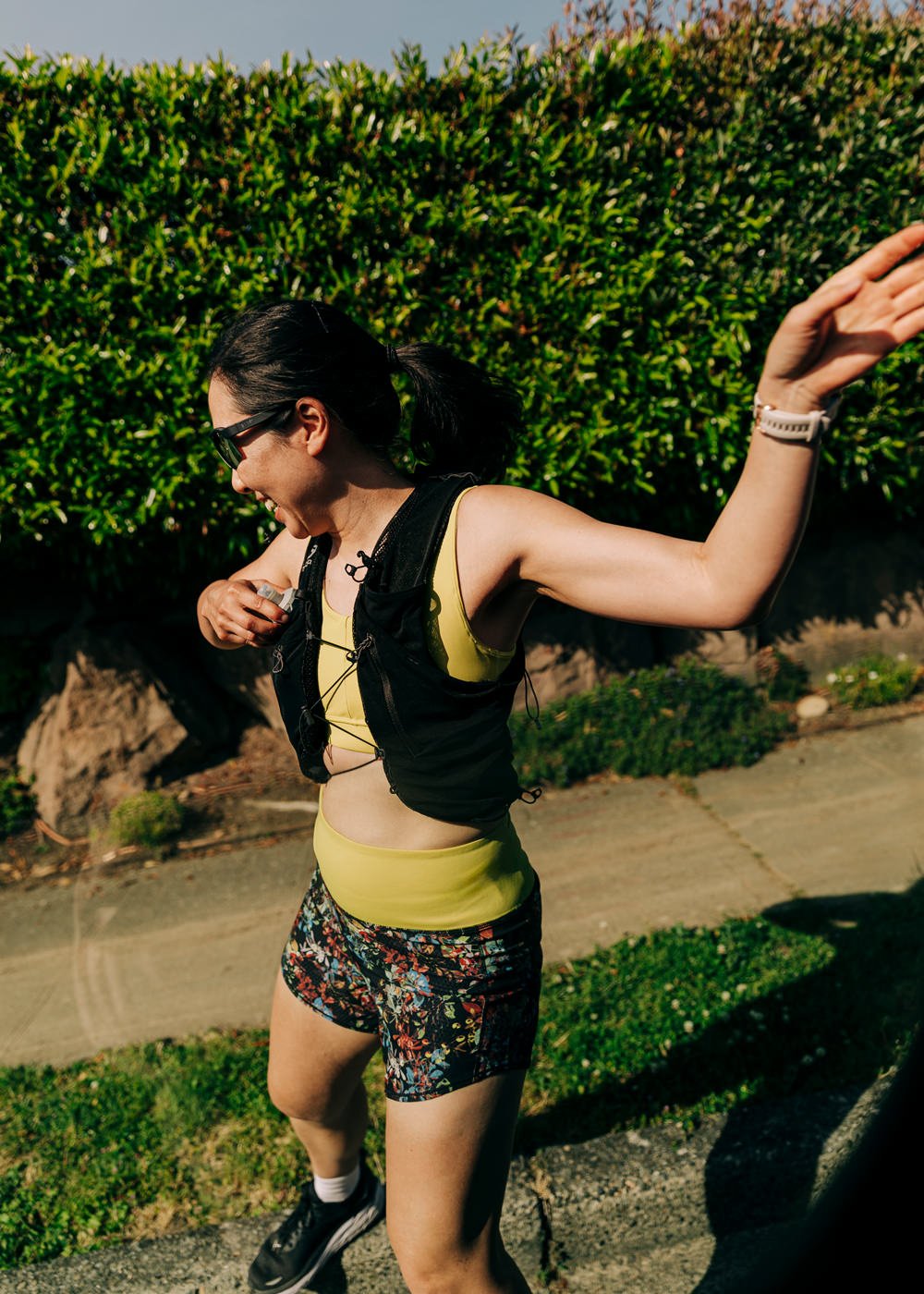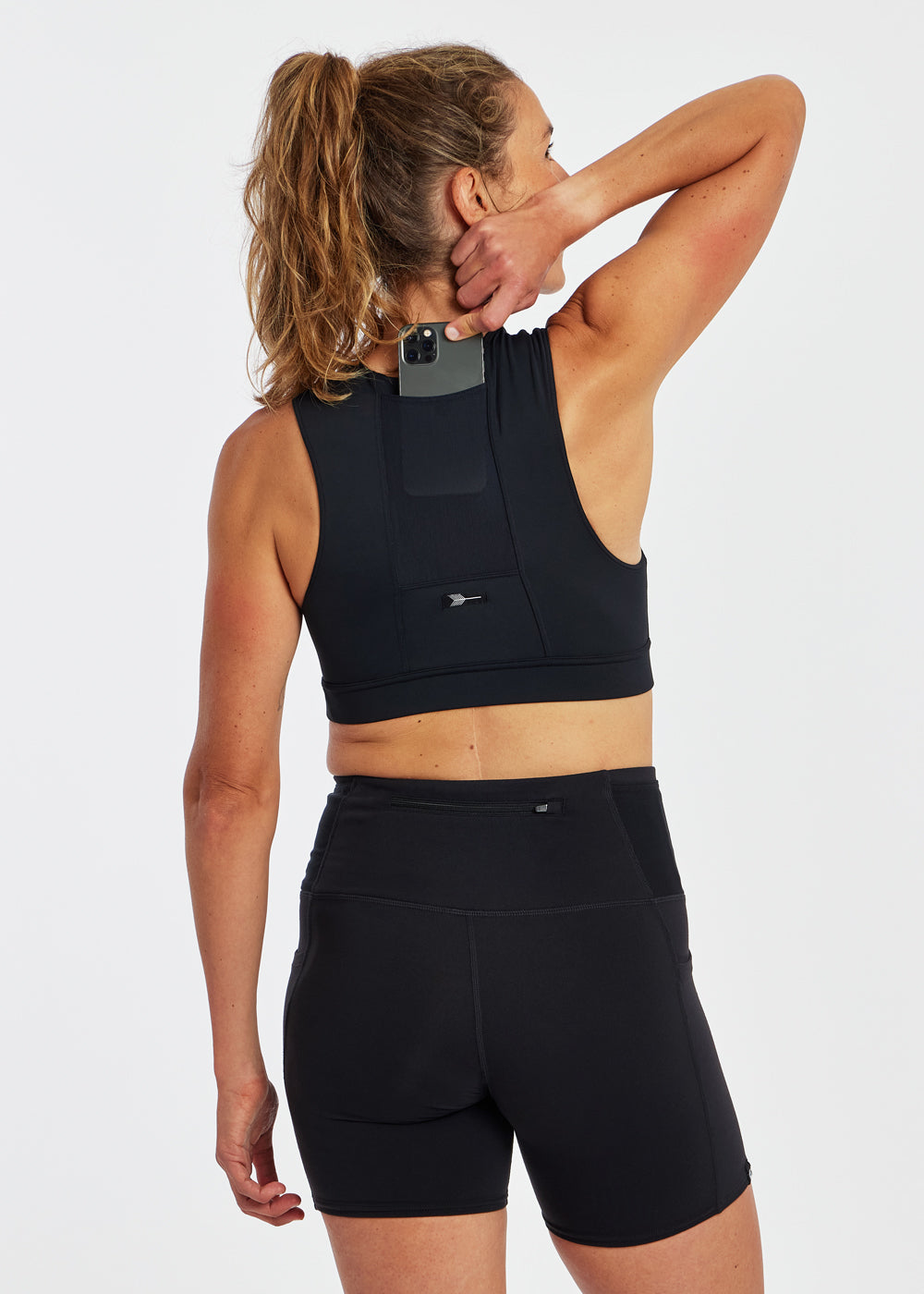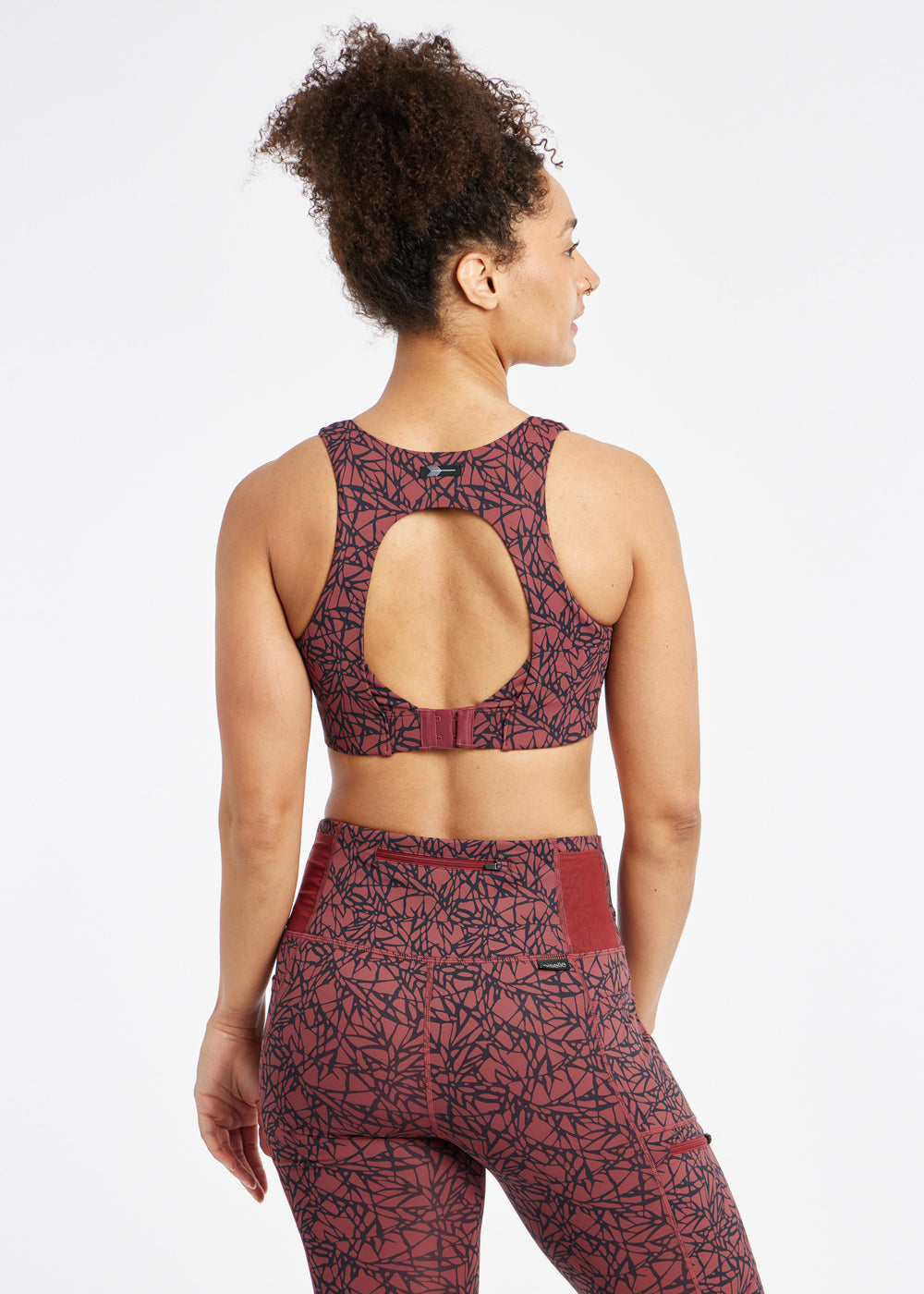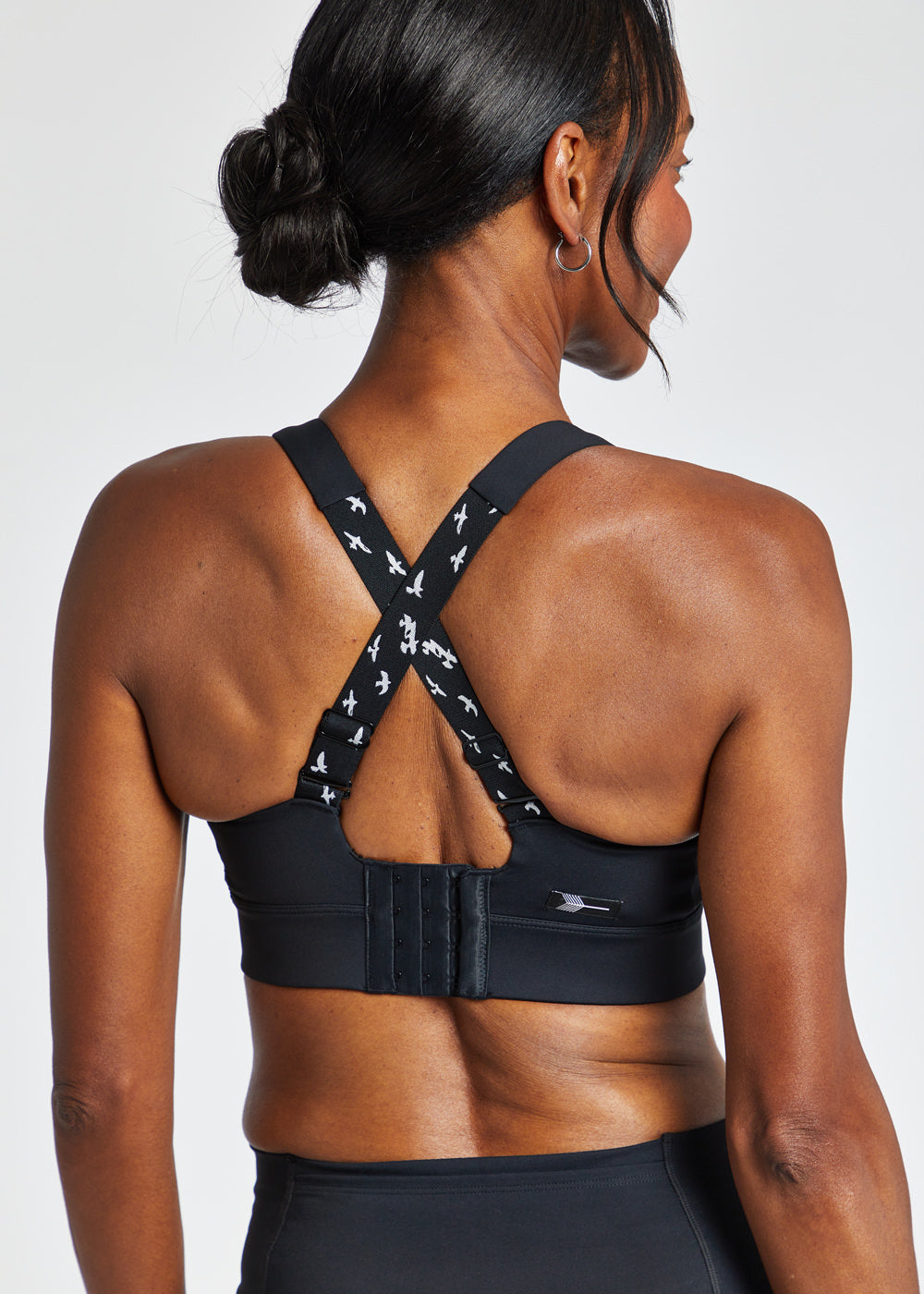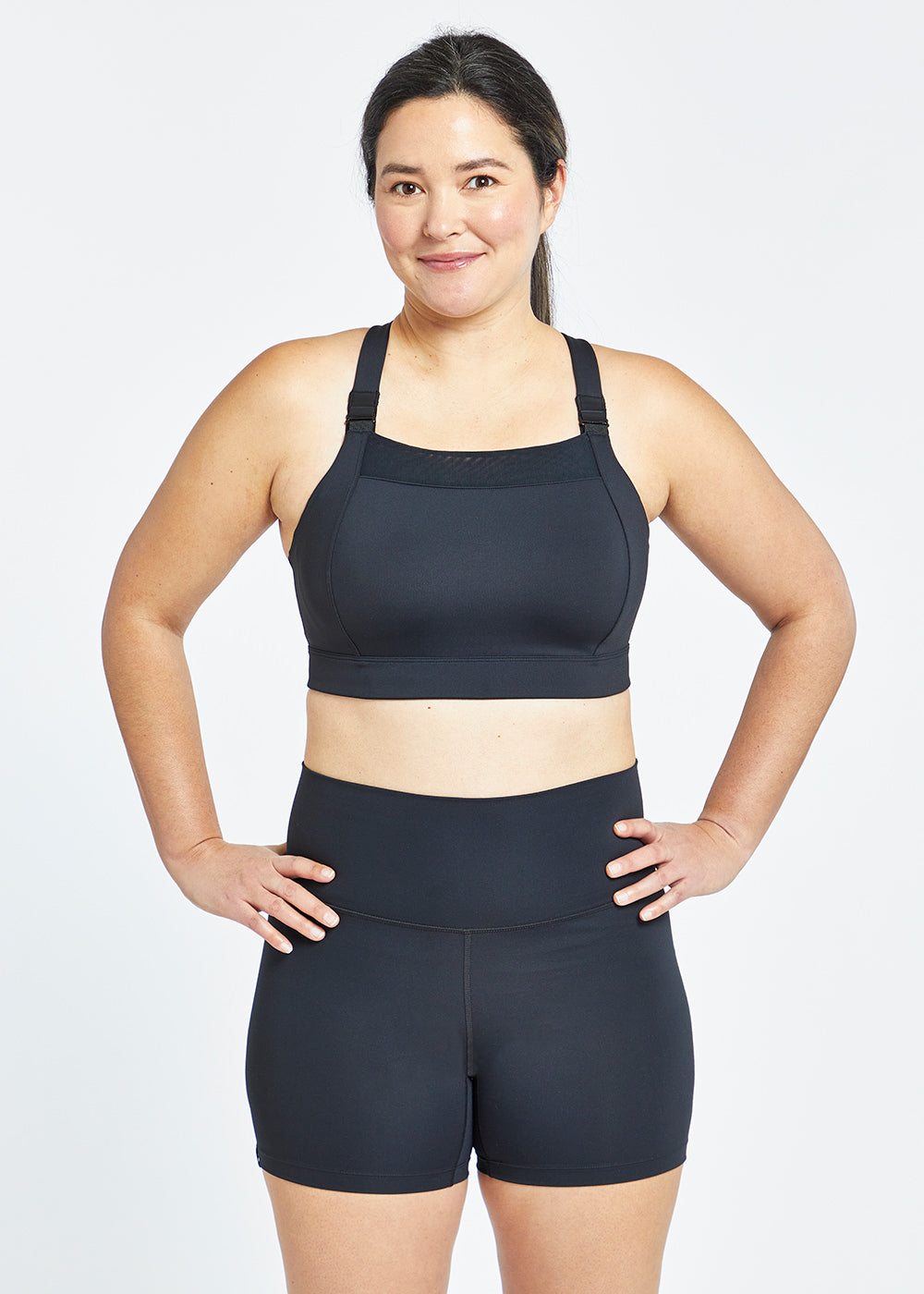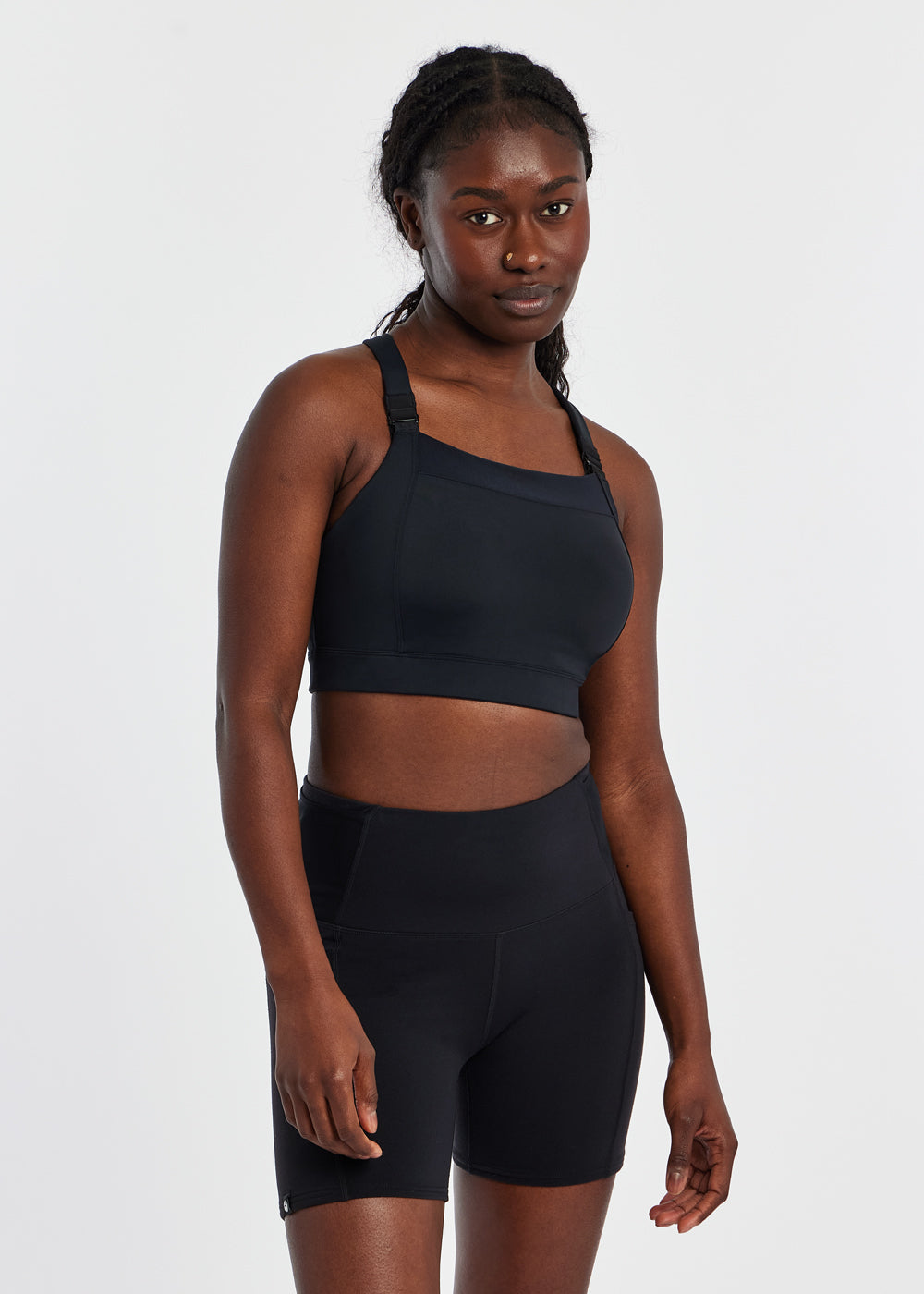Since joining Oiselle, moving into a van, and traveling across the west exploring towns and trails, I’ve received a lot of messages about safety. Recently, IRunFar published survey data on trail-running and safety which they collected earlier this year from their online community. The results of the survey, while nuanced, revealed (unsurprisingly) that,“female trail runners, across the board, are more challenged by human-safety hazards than male trail runners.”
In my own personal experience, when I receive questions about my own feelings on trail-safety, I will say that generally, I feel pretty safe. I can think of numerous other circumstances in which I feel less safe. I rarely think about human-safety hazards when heading into the backcountry alone. I think more about weather and natural hazards – exposure, avalanches, etc. Of course, there are safety considerations with any activity. But for me, the risk level in regard to human-safety hazards when I head out on a trail, feels low.
However, what I think is important to note is that human-safety hazards and concerns are likely higher for females across the board. So while my safety concerns for trail running feel negligible, I am saying that in the context of my other activities. In general, I recognize that I am more aware of potential threats to my safety, and adopt certain behaviors to ensure my safety than most of my male counterparts in most circumstances, not just trail-running. I sometimes cross the road when I’m walking alone on a street and am about to encounter another person walking toward me. I sometimes pretend to talk on the phone or have my phone ready to make a call. When I built the van, I purposely didn’t install windows in the living space of my van to allow me more privacy as a woman traveling alone. When I’m parking for the night, I often get ready for bed somewhere else and then drive, park, and go to sleep. I vary the times and the places I run so that my location is less predictable. When I’m running, I sometimes consider my surroundings and how quickly I could get to a business or residence if being pursued. So while I think that IRunFar’s survey data is on-point: female trail runners are more challenged by human-safety hazards than male trail runners, I think females feel more challenged by human-safety hazards on the roads too.
So yes, I guess I do worry about safety on trails, but not any more, and often less, than I do when running or traveling through unfamiliar cities, towns, etc. I don’t think that fears of safety, or lack of, should dissuade women from getting further outdoors. And in fact, I think there are arguments for trails being safer than city streets. However, like any activity, being thoughtful and conscious about safety is encouraged!
Here are ways that I prepare for trail running which allow me to feel comfortable about my safety and enjoy my time in the outdoors:
1. Fear begets fear

Set yourself up for success. If you’re nervous, start small. Try to eliminate opportunities for fear (potential for getting lost, lack of cell-coverage, trail ambiguity, etc.). Take a picture of the trail map, carry your phone, don’t go too far out. As you gain confidence with yourself and have more positive experiences you can start exploring further.
2. Tell someone where you’re going and have some general plans that include a bit of flexibility
When I’m heading out for a run, I try to give someone an idea of where I’m going and how long I expect it to take. On trails, running can sometimes take a bit longer than you expect: maybe you encounter snow, or steep hills that slow you down more than you planned, maybe there are some amazing views and you spend 10 minutes taking photos, maybe you take a wrong turn for half a mile and have to turn around. In all of these situations YOU are still very safe, but if you told someone to expect you by a certain time you might start feeling stressed to get back. When I’m heading out, I often say, I expect to be back in 2 hours, but it may take me closer to 3. Don’t start getting worried unless 4.5 hours pass and I haven’t been in touch. Of course, if you’re within cell-coverage you can send a text if you’re taking longer than expected, but it’s better not to rely on it. In the off-chance something does go wrong, you know when you can start to expect someone to come looking for you.
3. Smile and look confident

I’m not sure if it’s true, but I feel like the more friendly and strong I appear to those I encounter on a trail, the safer I feel.
4. Stay aware of your surroundings
If I decide to run while listening to a podcast, I only wear one earbud, so I can hear what’s going on around me.
5. Vary your routine

Don’t run the same trail at the same time every day. It’s been shown that most attacks are premeditated and occur from someone you know, rather than randomly. If you make it difficult for someone to predict your behavior, you’ll increase your safety.
6. Trust yourself

If you really feel uncomfortable or threatened, trust yourself. It’s ok to bail on a run and turn back, to ask to join another group of runners or hikers if you want some company for a bit. Trust yourself and take care of yourself.
Safety is important regardless of your terrain, but shouldn’t prevent you from getting out there, seeing some beautiful things, and challenging yourself. Trails can be really safe, enjoyable, and exciting places to run!
- Sarah Bard, trail + ultra runner
















